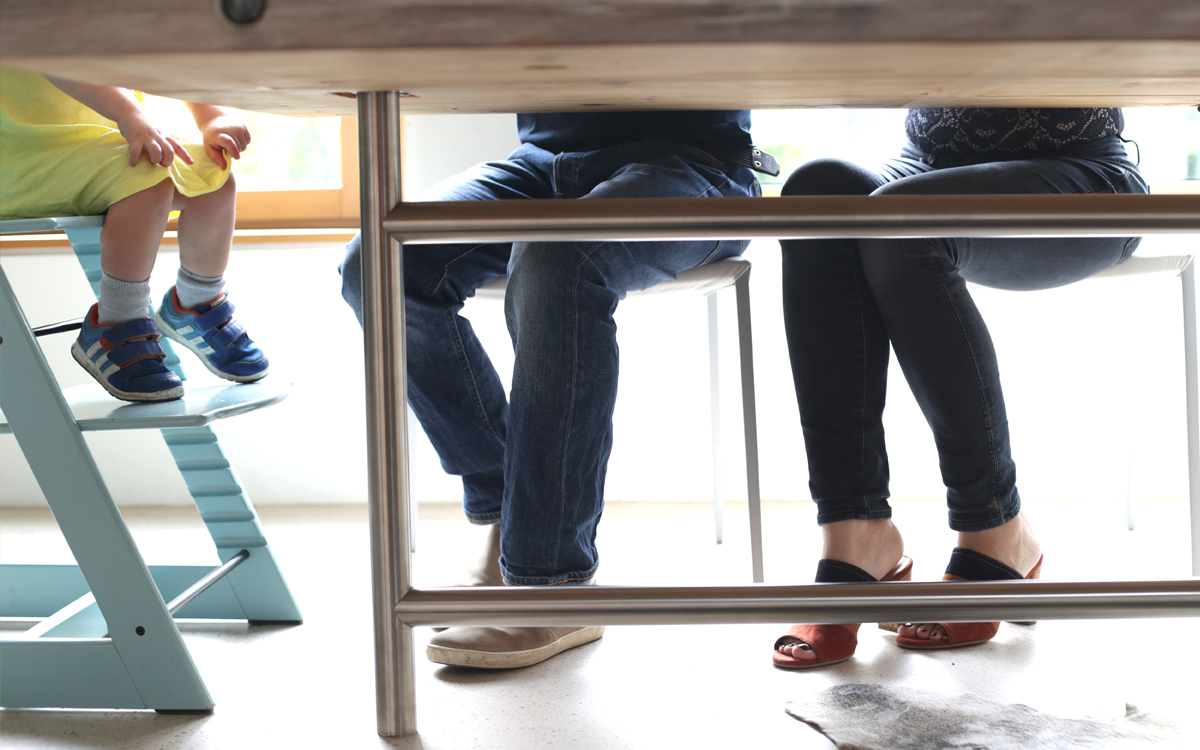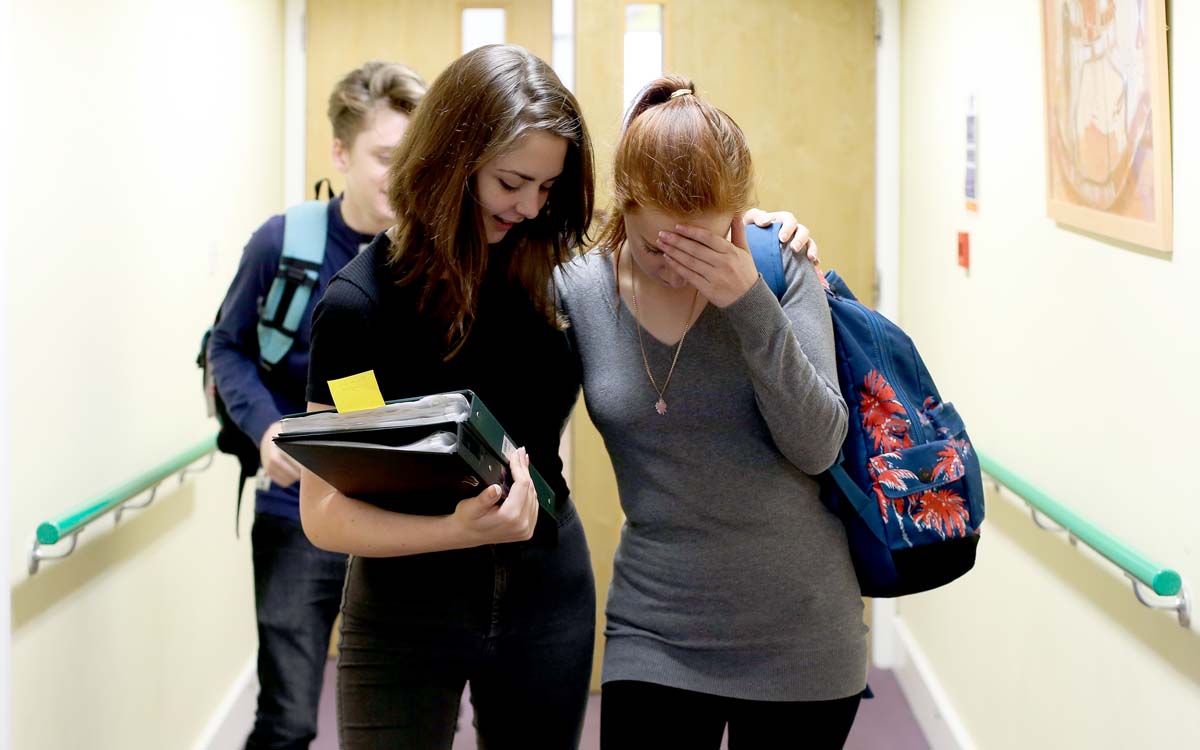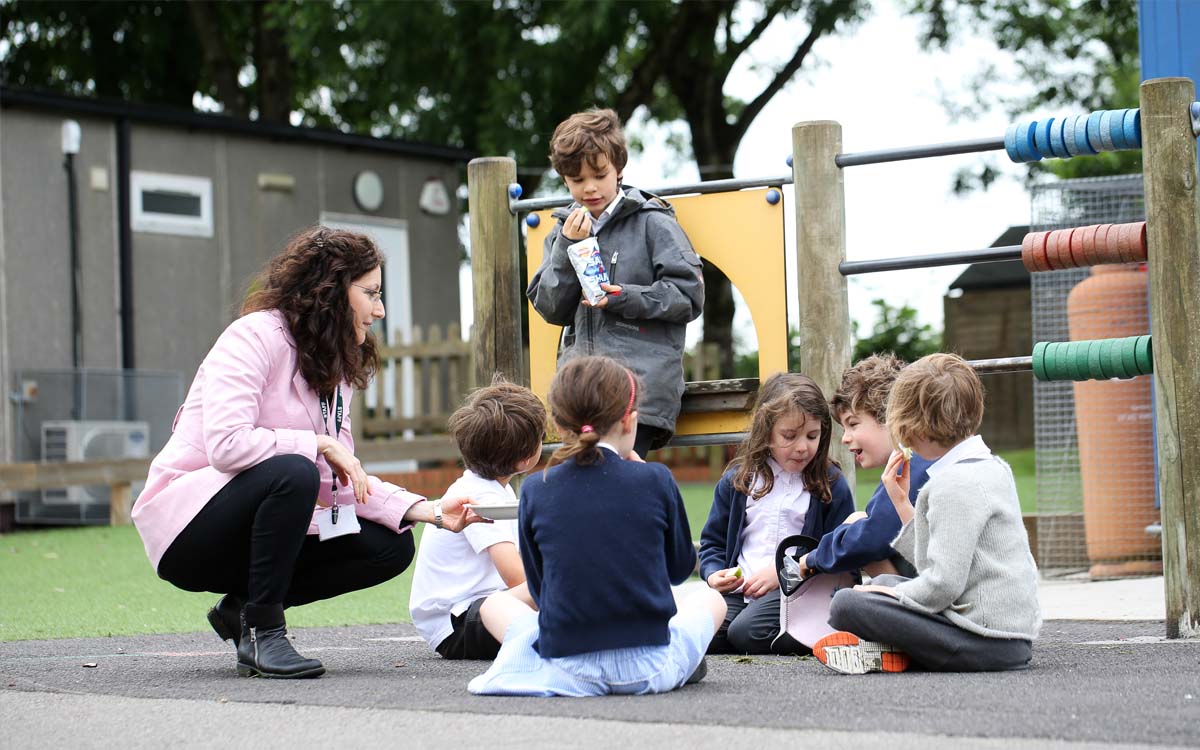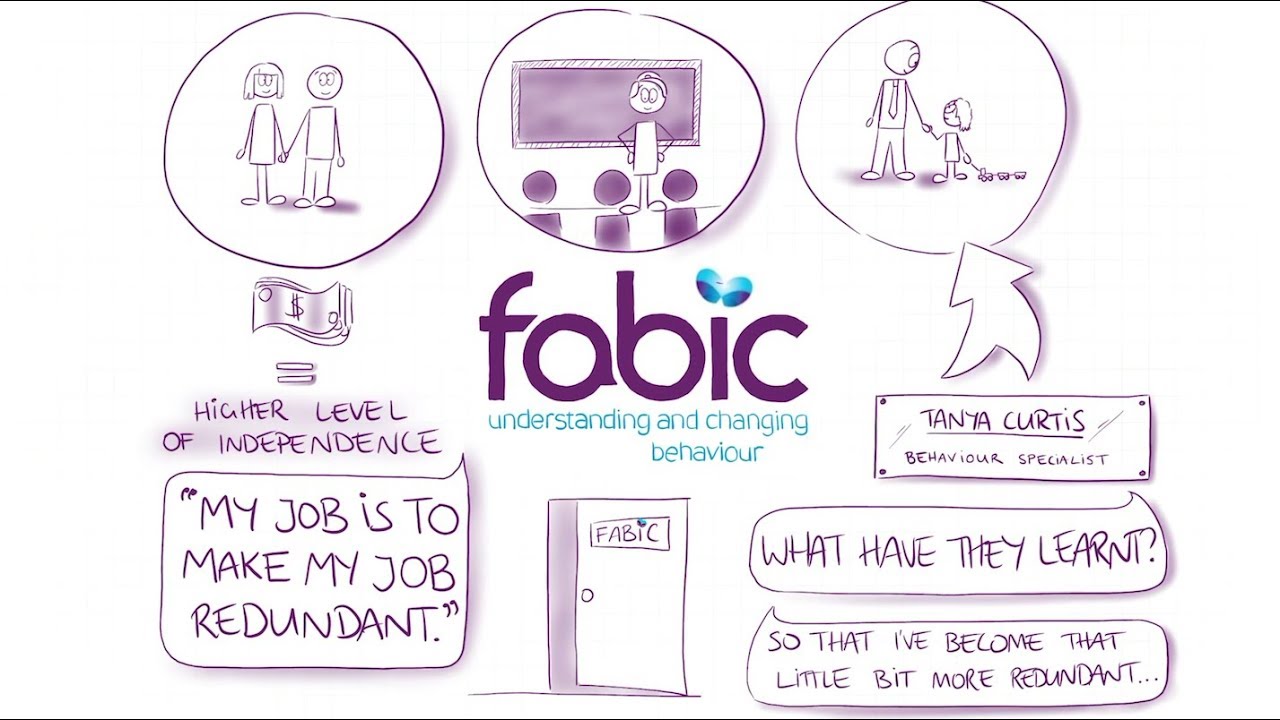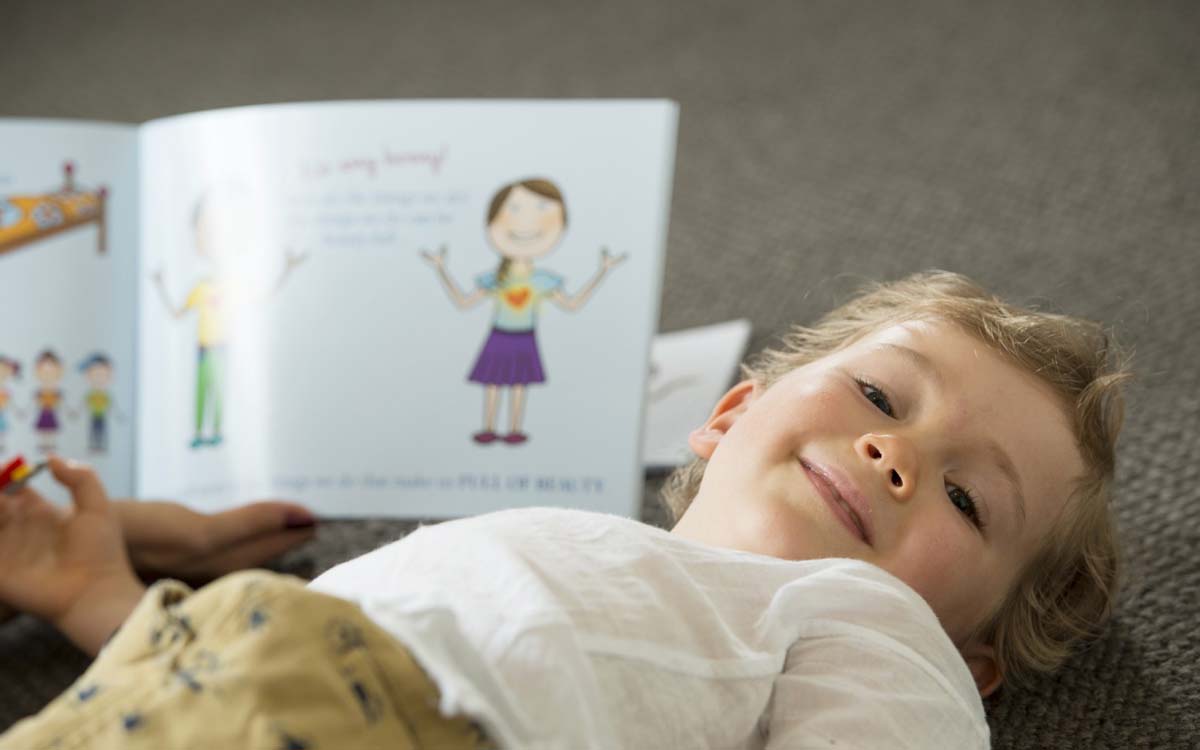Toilet training can be so simple for some and yet can take what seems like forever to be successful in others. The key with all toilet training is that we need to come from the premise of understanding.
The understanding that the lack of toileting is happening for a reason. Unless we address the original root cause relevant for each individual, toileting will remain largely unsuccessful.
Some possible reasons for lack of successful toileting may include:
- Anxiety
- Lack of skills
- Using toileting (or lack of) as a means of control
- Fear of the toilet and/or fear of the process of toileting
- Sensory related
- Non-preferred activity and thus lack of motivation
Anxiety
One of the key tips to addressing toileting is to ask:
- What is it that they perceive they are not completely equipped to respond to?
- What skills may support them to manage the areas of concern?
Lack of skills
Here we need to further introduce understanding. Often, we as parents/carers, come in with our own picture of when toilet training should occur. This is a judgment and expectation, which typically results in increased anxiety for the person undertaking toilet training. The fact is that toilet training requires a step-by-step process and each person develops the skills for each of these steps at different rates.
When supporting any person to embrace the task of toilet training, we must provide opportunity for that person to feel safe, understood, supported, appreciated, accepted and embraced for their current level of skill developed, with the absolute holding that in their timing the next step they are capable of will be developed. In their timing.
With this as our foundation, toilet training will occur at a level consistent with that person’s potential; anything else will hinder the process.
Using toileting (or lack of) as a means of control
Some may have the skills to toilet, yet choose not to. This can be for many different reasons, but one possible reason is the person uses their ‘lack of toileting’ to control the behaviours of other people around them. Controlling behaviour is simply when person A is successful in making person B change their own behaviour as a result of person A’s behaviours.
For example: if Mum is not spending time with me I may soil my pants. Outcome, Mum now stops her previous activity to come and clean me up (i.e. Mum is now spending time with me).
Should lack of toileting be a result of needing to control, the way in which we address this is not via addressing the toileting, rather supporting the individual to develop the skills to respond to any and all parts of life they currently perceive they are not equipped to respond to.
This topic requires an article in itself but the key is to remember that our role is to support each person (ourselves or another) to become the most independent, responsible and connected person they are capable of becoming.
Fear of the toilet and/or fear of the process of toileting
Many people I have worked with actually have a fear of the toilet. For some it is the long drop from the seat to the water; for others it is the flushing process or the height; and there are those who fear the toileting process as the motions clear from the body.
These fears may seem incidental for some, yet are significant for others and must not be overlooked. Judging the fear as being wrong will further cement the fear and delay the toilet training process. With understanding we can support people to work through their fear as they embrace a step-by-step process to begin toilet training.
Sensory related
Many have found toileting challenging due to sensory related issues. Some people feel unsafe without the tight pressure of their nappy. Using clothes that have a tight pressure can help to support those who require the sensation of firmness around the body.
Other clients have struggled with other sensory related issues to toileting such as wiping their bottom, actually going to the toilet, washing hands or taking clothing on and off.
The key is to attempt to identify the specific sensory issue related to each person, bring understanding that this is contributing to the person finding toileting challenging and then address the specific sensory related issue here.
Non-preferred activity and thus lack of motivation
The process of going to the toilet often requires a person to stop a preferred activity (e.g. watching TV, playing etc.) to go to a non-preferred activity; thus the person lacks motivation to go to the toilet.
As is the case with human behaviour, we often require a currency of value to go from preferred activity to non-preferred. It is a great idea to use a chart such as the one we developed for a client as a reinforcement schedule. Entitled ‘Celebrating my dry pants’, how it works is that every hour this client is checked to see if they have dry pants. If they have dry pants it means they have either:
- not gone to the toilet
- gone to the toilet when needed
- had an accident and changed their own pants/li>
This client was typically awake for approximately thirteen hours each day. Each hour they were checked and if they were dry, they received one star. For some people the star alone will be of high enough value that they are willing to go to the toilet. For some you can add a process whereby a certain number of stars equates to a ‘reinforcer’ of a higher value (e.g. ten stars equal a thirty-minute screen voucher). The key is to ensure the ‘reinforcer’ is of a high enough value to the person that they are motivated to go from their preferred activity to their non-preferred activity.
The last and most important tip with toileting is to celebrate each person’s steps of success. Every step is one step closer to complete independence with toilet training. As we appreciate each step, we build a foundation to spring board onto the next step.
Thus with understanding and celebration, we build a foundation supporting a person to develop the required tools to work towards a higher level of independent toileting.
This article and image were originally published in the Summer 2016 Edition of Source Kids Magazine.
